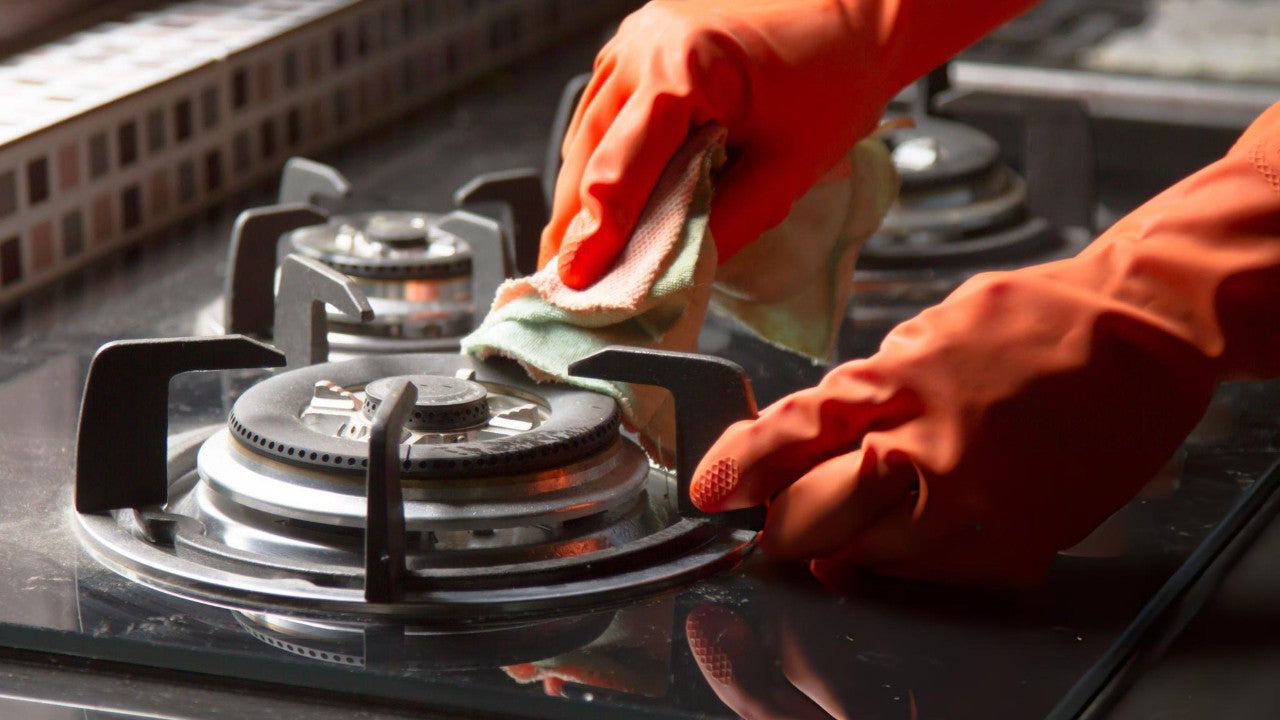 As daily life becomes more convenient, many consumers prefer to install induction or electric ceramic hob at home. However, a portion of the British population still chooses gas hob. This preference is closely linked to their cooking habits, energy structure, and a strong desire for precise temperature control.
As daily life becomes more convenient, many consumers prefer to install induction or electric ceramic hob at home. However, a portion of the British population still chooses gas hob. This preference is closely linked to their cooking habits, energy structure, and a strong desire for precise temperature control.-
Precision Temperature For Traditional Cookery In the UK, there's an emphasis on traditional dishes like roasted meats and stews, stir-fries, curries, etc., that rely a lot on exactitude of heat control. Gas hobs provide immediate flame adjustment compared to induction hobs where there is often a small gap. This real-time control allows chefs and home cooks alike more control over the cooking process.
-
Gas Infrastructure in Older Homes The UK is full of Victorian-age and post-World War II houses, and many older properties are already plugged into natural gas pipelines. For these households, gas hobs remain a more practical and cheaper alternative to overhauling their electrical system. Consequently gas cooking has a reach in time.
-
Flexibility in Energy Options Although electric devices have been increasingly encouraged, natural gas is still an important energy source in the UK, particularly during winter. Gas is not just used for heating but also for cooking. Unlike electric hobs, gas hobs are untouched by power cuts, which means the cooking can continue unabated — a very practical advantage.
-
Improved Cooking Performance The open flame of a gas hob delivers heat more evenly than that of an electric cooktop, making gas especially popular among home cooks who prefer stir-frying, frying and simmering. Open flames heat cookware evenly, avoiding the hotspots that can cause electric hobs to unevenly heat a pot bottom while leaving edges of the cookware cool.
-
Cost-Effectiveness Using gas is generally cheaper than electricity, especially for families who cook frequently. Over time, gas hobs prove more economical. Many British households also find gas hobs more affordable to purchase initially and easier to repair compared to induction hobs.
-
Cultural and Habitual Influences In British culinary culture, gas hobs are often seen as a symbol of a "professional kitchen." Many cooking shows and celebrity chefs, like Gordon Ramsay, prominently use gas hobs, reinforcing public trust and affection for them.
In fact, gas hobs cater to a wide range of people, particularly those with high cooking demands or specific living situations. The benefits of gas hobs are undeniable:
-
Everyday Home Cooks Families who enjoy cooking at home, especially those with a preference for Asian cuisine, benefit from the strong flames for stir-frying. Large families (like your family of five!) need efficient cooking tools for larger meal portions.
-
Off-Grid or Remote Residents Perfect for those living off-grid — like you — since gas hobs do not rely on electricity. They can use propane, natural gas, or other fuels, ensuring you can cook even when solar power is limited.
-
Food Enthusiasts and Chefs Professional chefs and food bloggers who require precise control over heat — particularly for stews, soups, and frying — prefer gas hobs for their flexible and immediate heat adjustment.
-
Outdoor Enthusiasts and RV Travelers For those who love camping, barbecuing, or traveling in RVs, portable gas hobs are a top choice, allowing for convenient outdoor cooking.
-
Renters and Temporary Residents Some renters opt for gas hobs as standalone cooking appliances. They are easy to install and can be taken along when moving.
-
Restaurants and Commercial Kitchens Commercial kitchens in restaurants typically use gas hobs due to their ability to sustain high temperatures, something electric hobs struggle to achieve.
Although gas stoves are very practical, long-term use will lead to grease accumulation, so how to clean them has become a headache for many users. Here are some useful cleaning tips:
-
Daily Cleaning: Ensure the hob cools down first. Remove the grates and soak them in warm, soapy water for 15–20 minutes. Gently scrub with a non-abrasive sponge or brush to remove grease. Rinse thoroughly and dry completely before reassembling.
-
Heavy-Duty Cleaning: Mix baking soda and water into a paste. Apply the paste to the grates and let sit for 30 minutes. Use a brush or scouring pad to tackle stubborn stains. Rinse, dry, and reinstall.
-
Stubborn Stains: Place the grates in a sealed plastic bag with 1/4 cup of ammonia. Leave overnight (be cautious of fumes). Carefully open the bag the next day, rinse, and scrub off any remaining grime.
-
Pro Tips: Avoid harsh chemicals or steel wool to prevent damage. Always dry grates thoroughly to avoid rust.
For an easier cleaning experience, consider choosing user-friendly products like the ThermoMate black built-in 4-burner gas hob. It features an 8mm black tempered glass surface, which is stain-resistant, heatproof, smooth, and durable. The glass prevents spills from seeping into countertops, simplifying maintenance.

